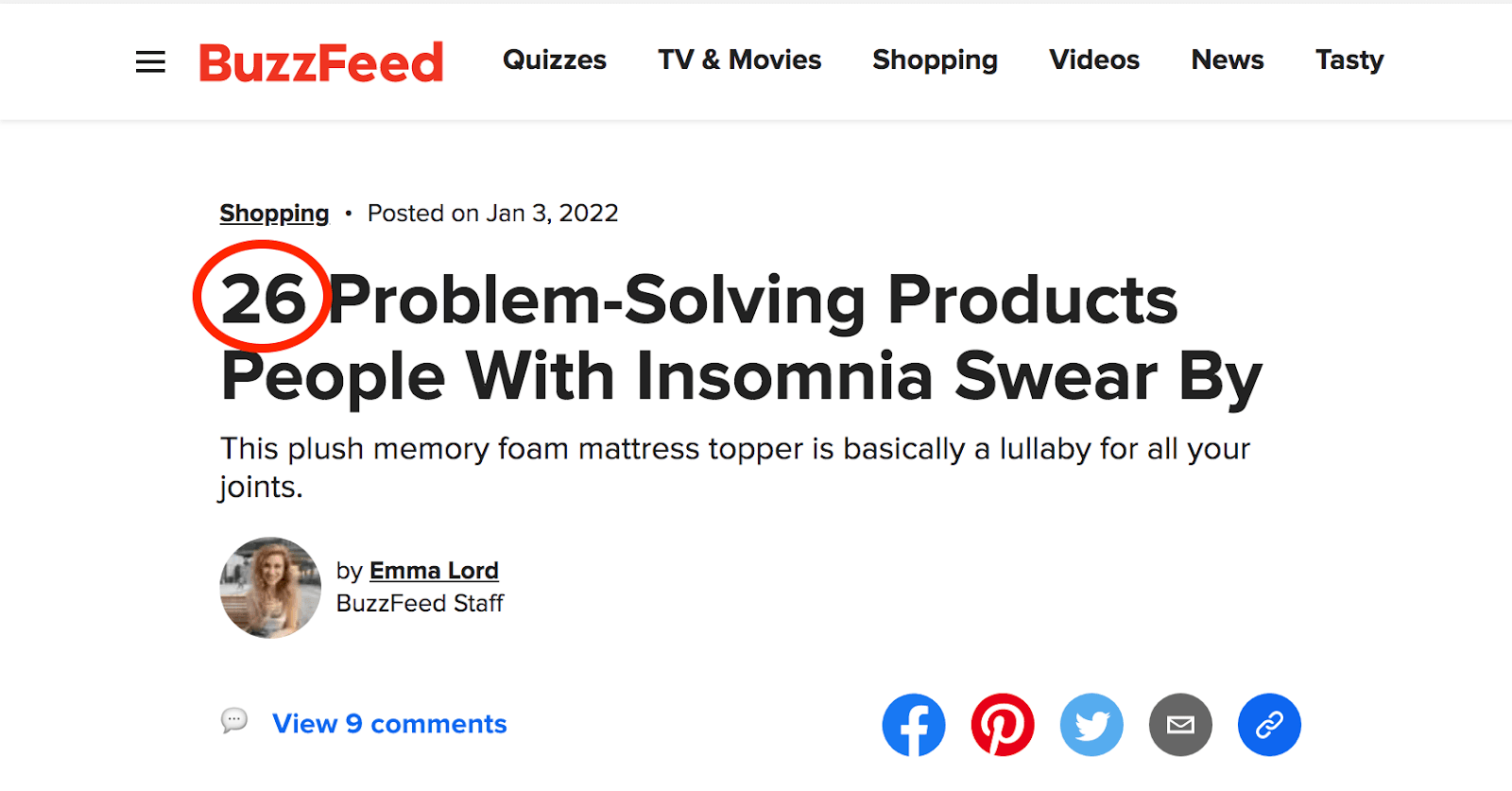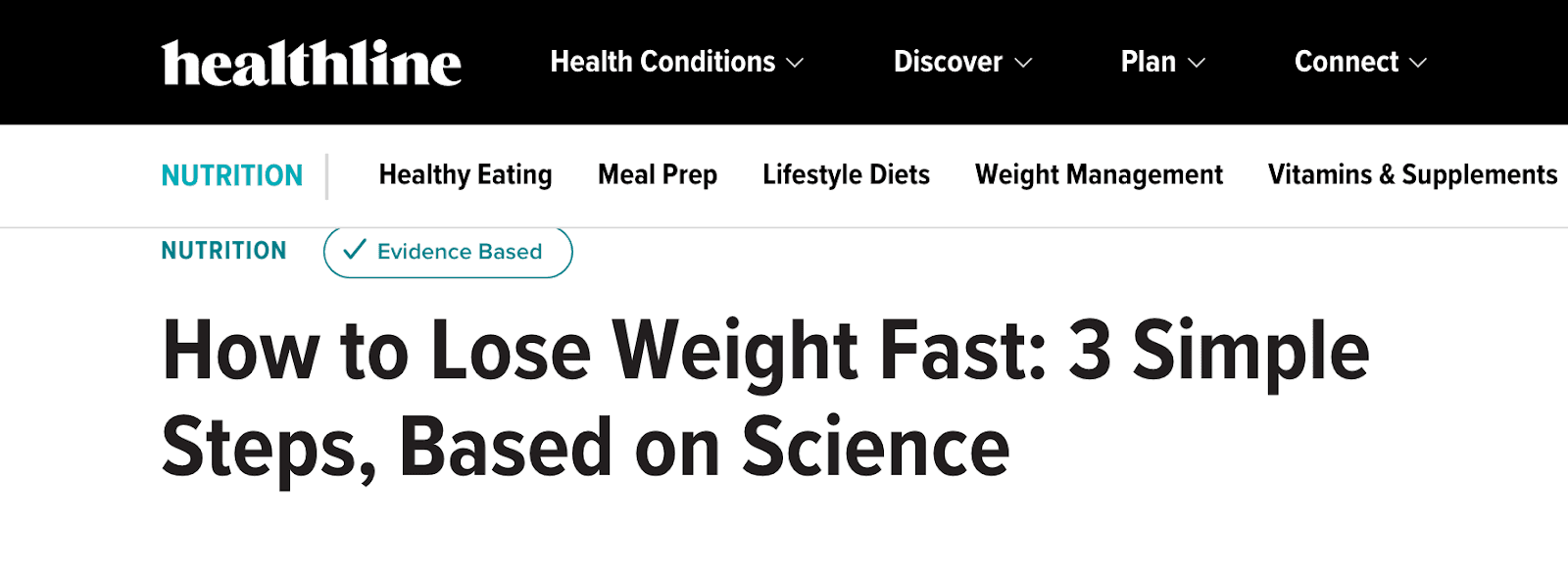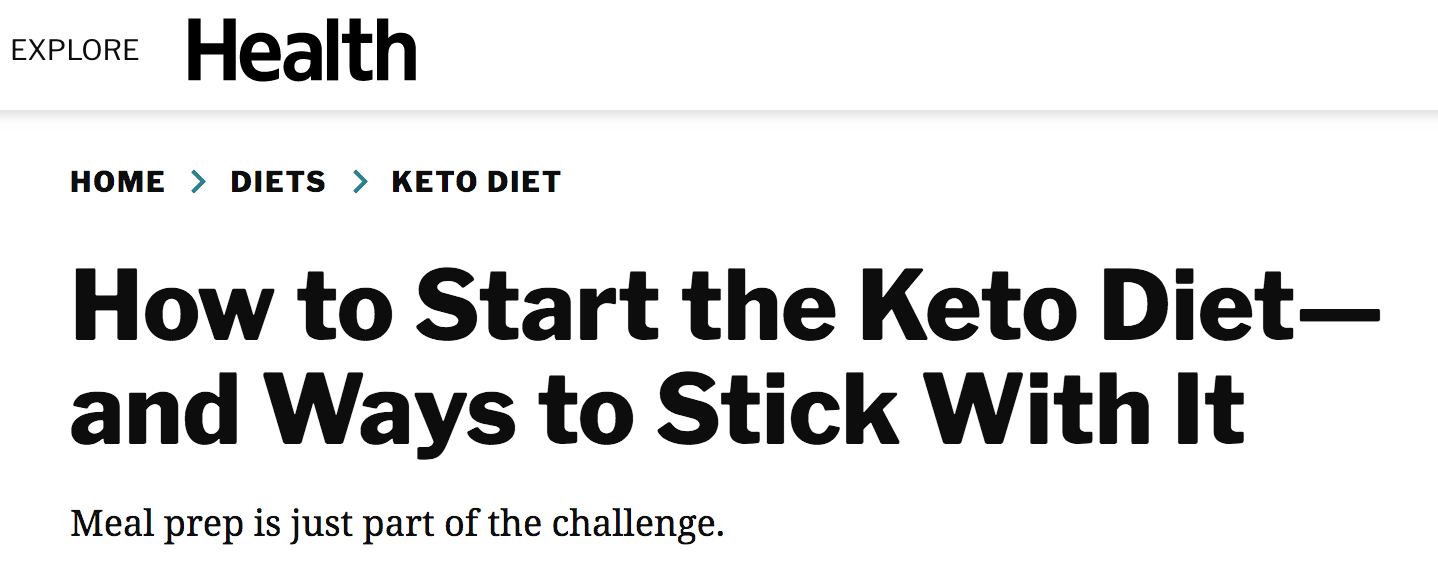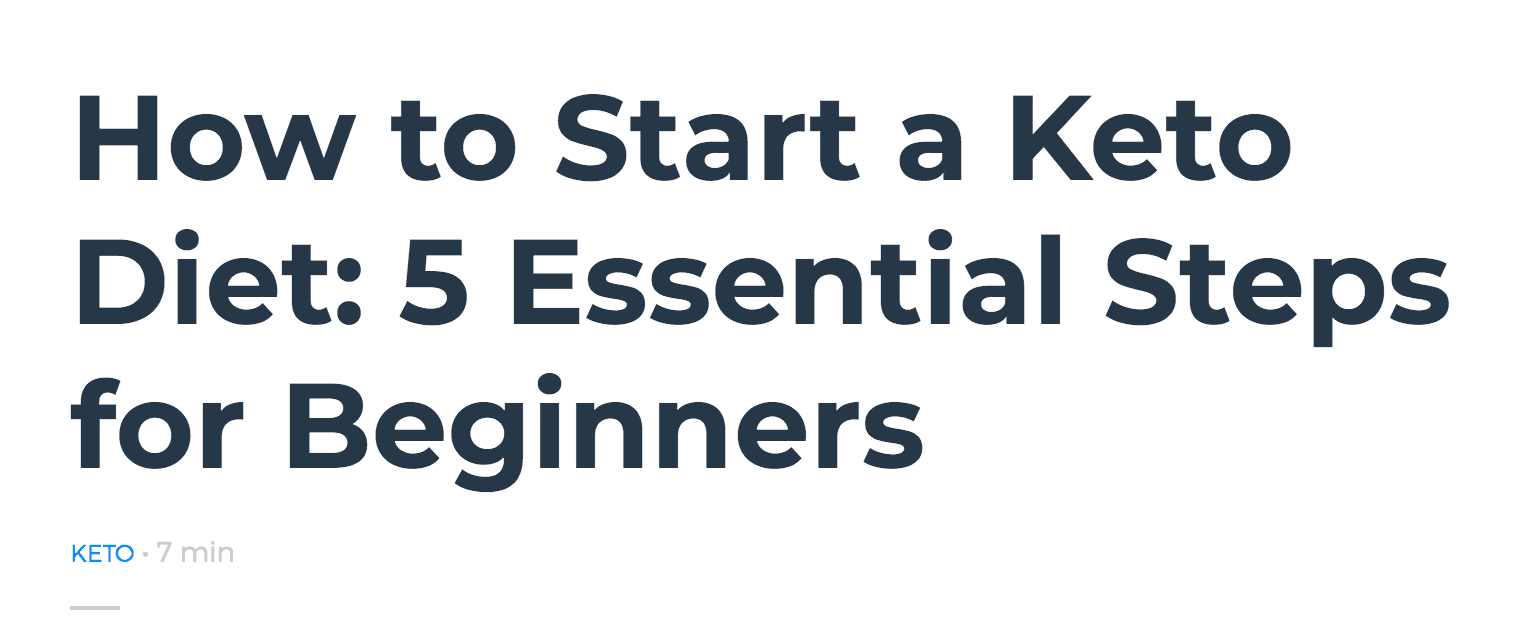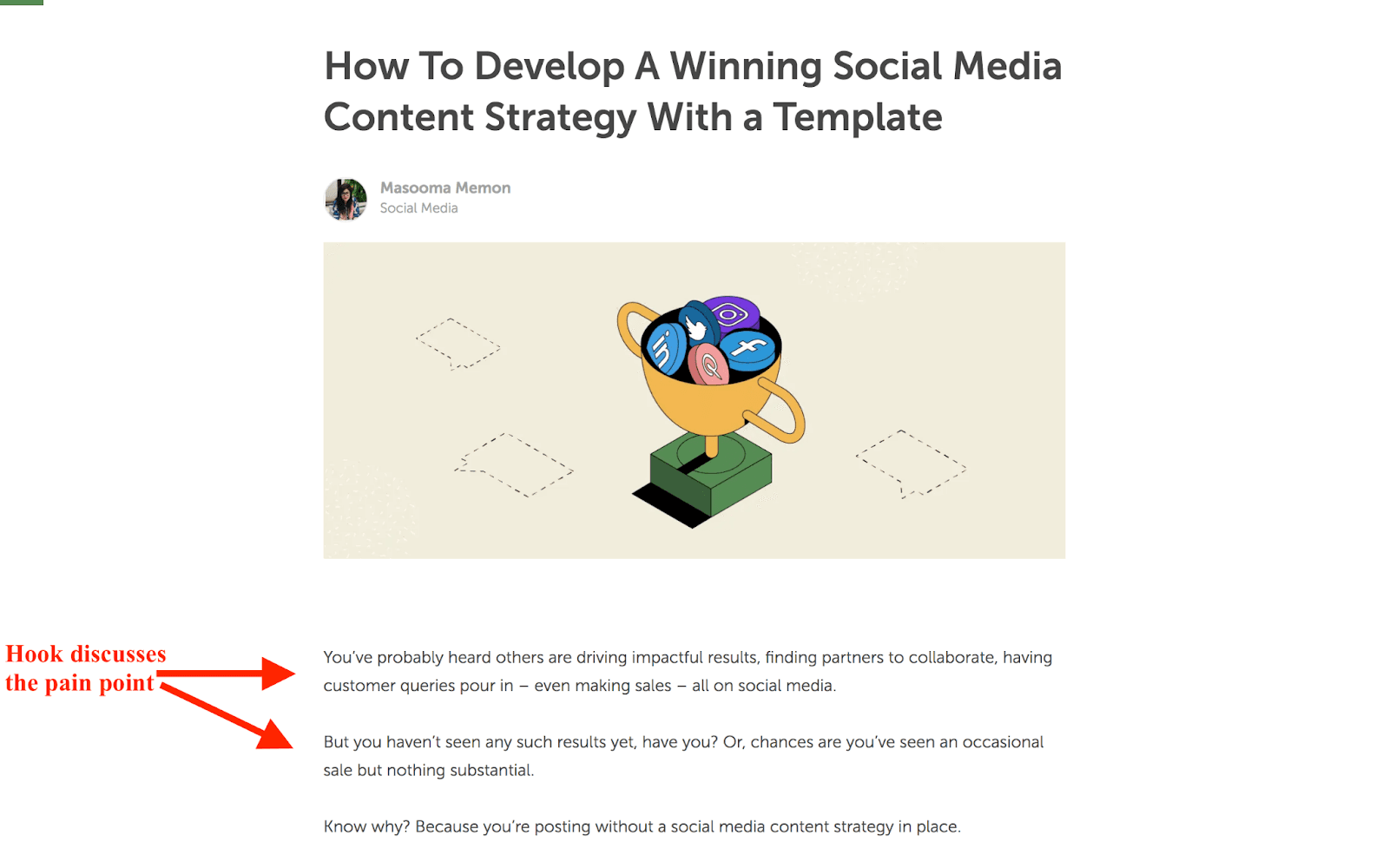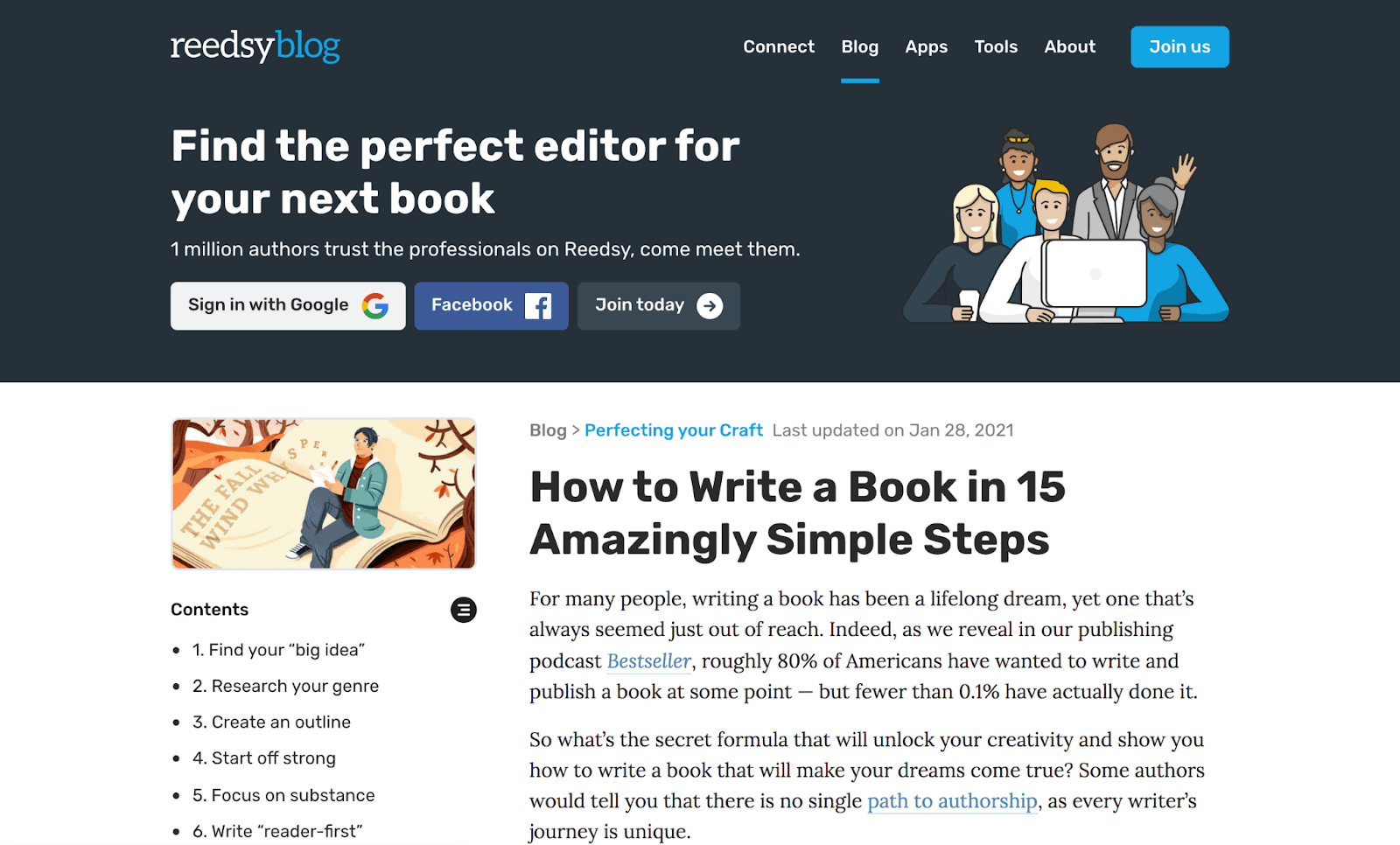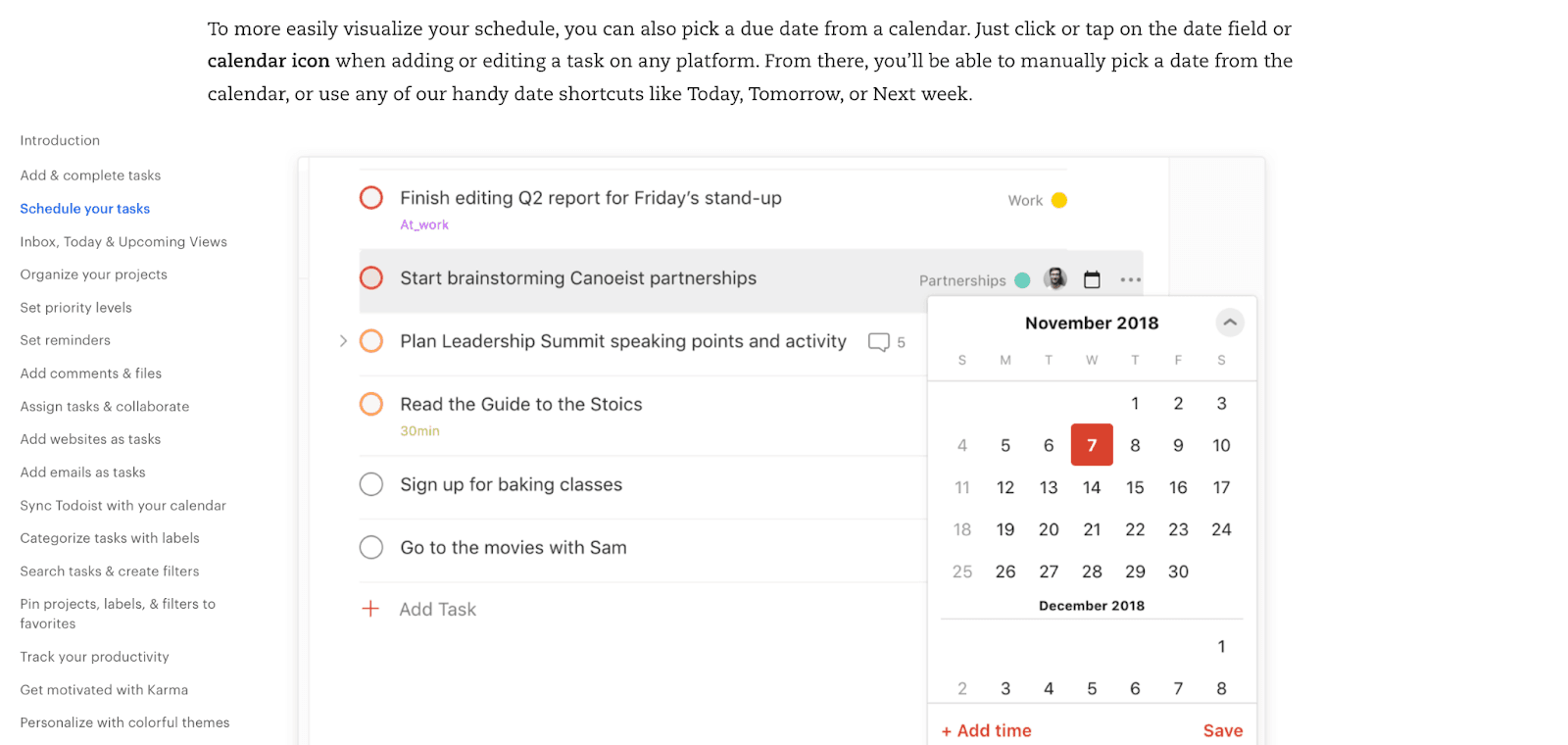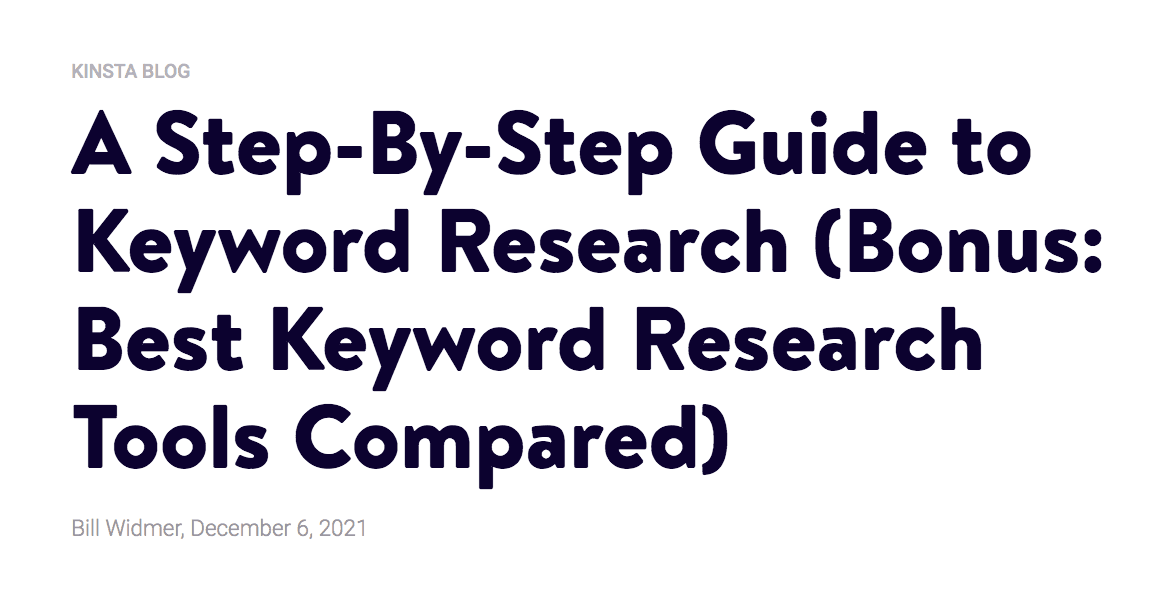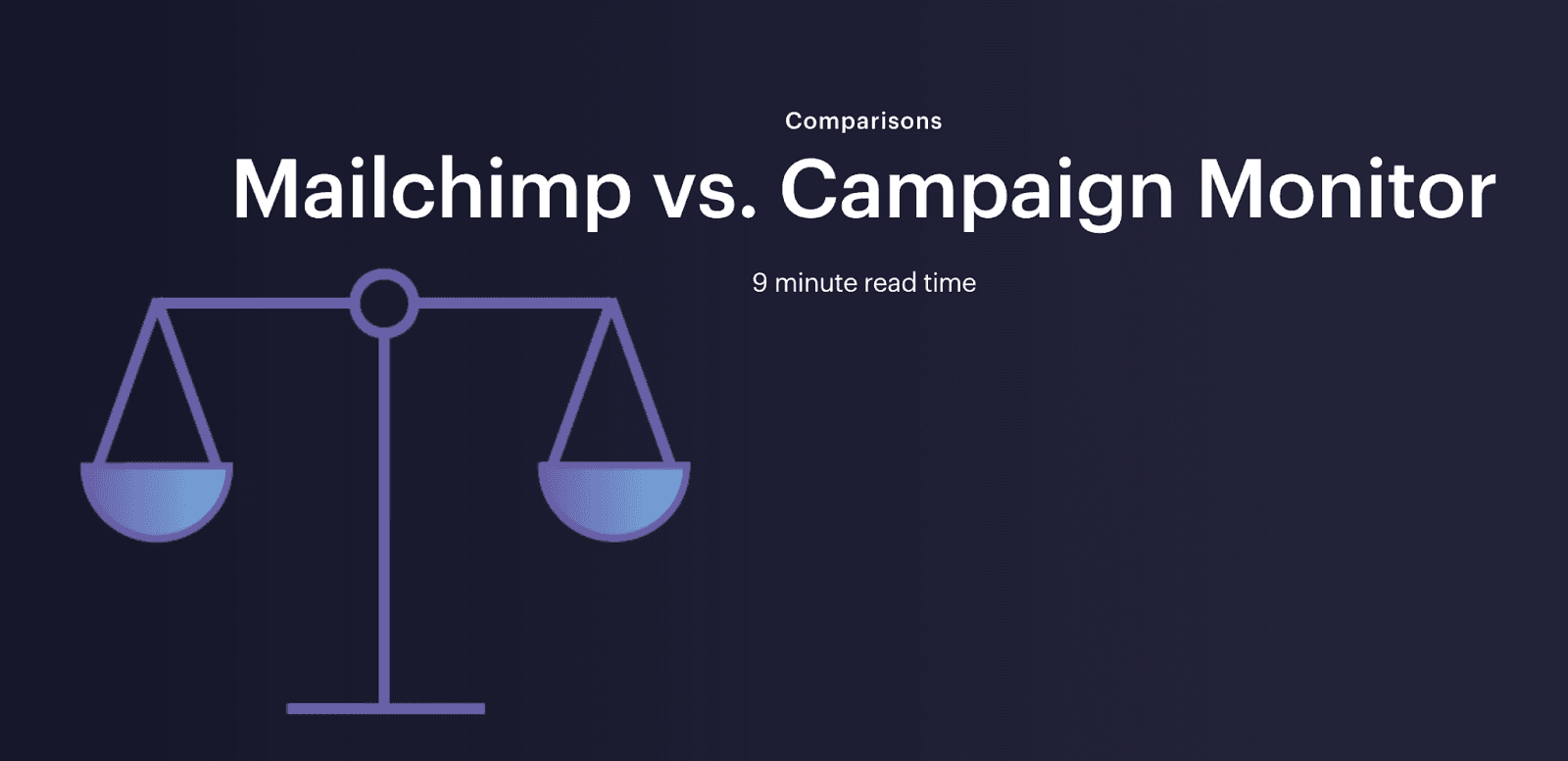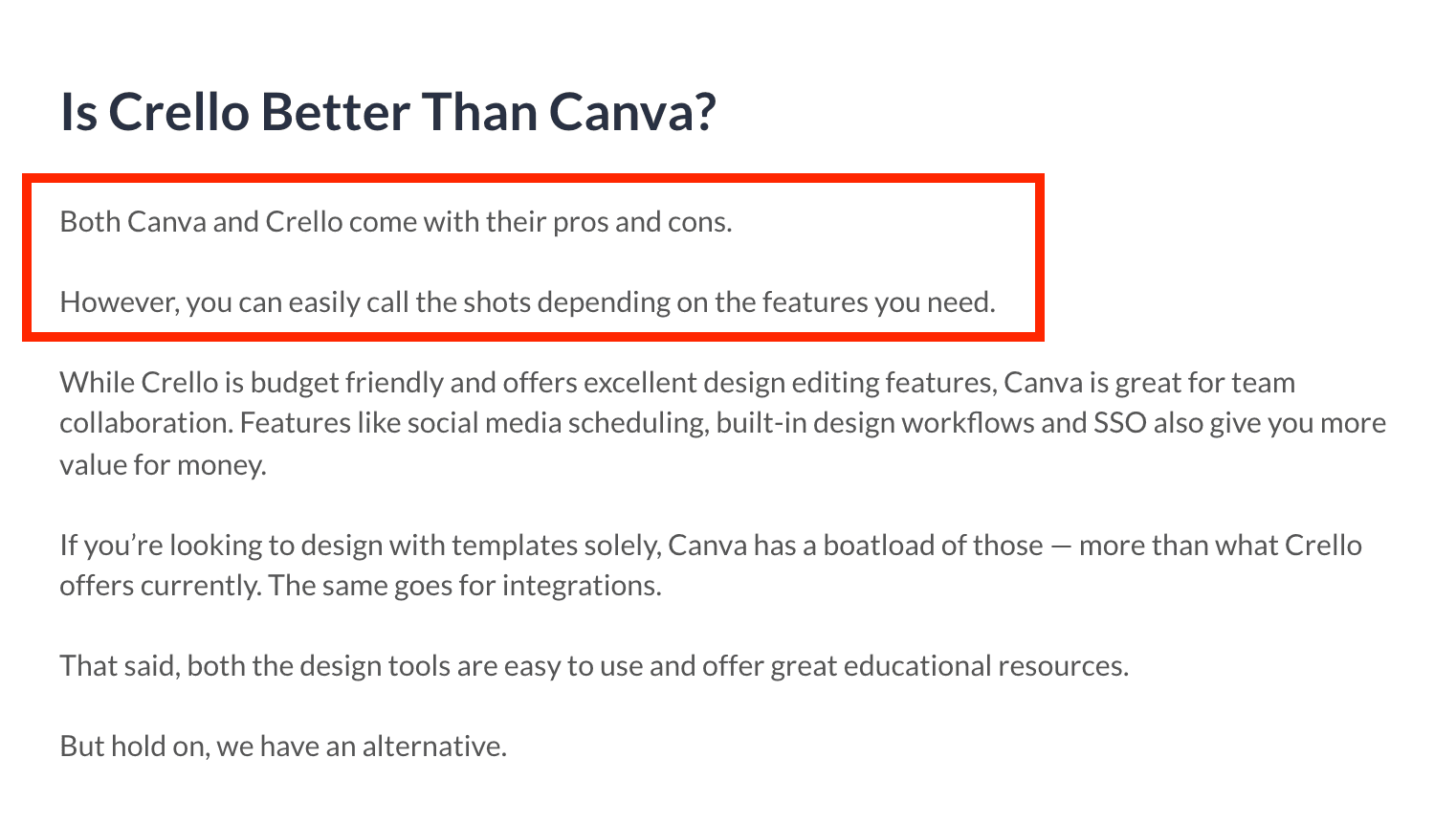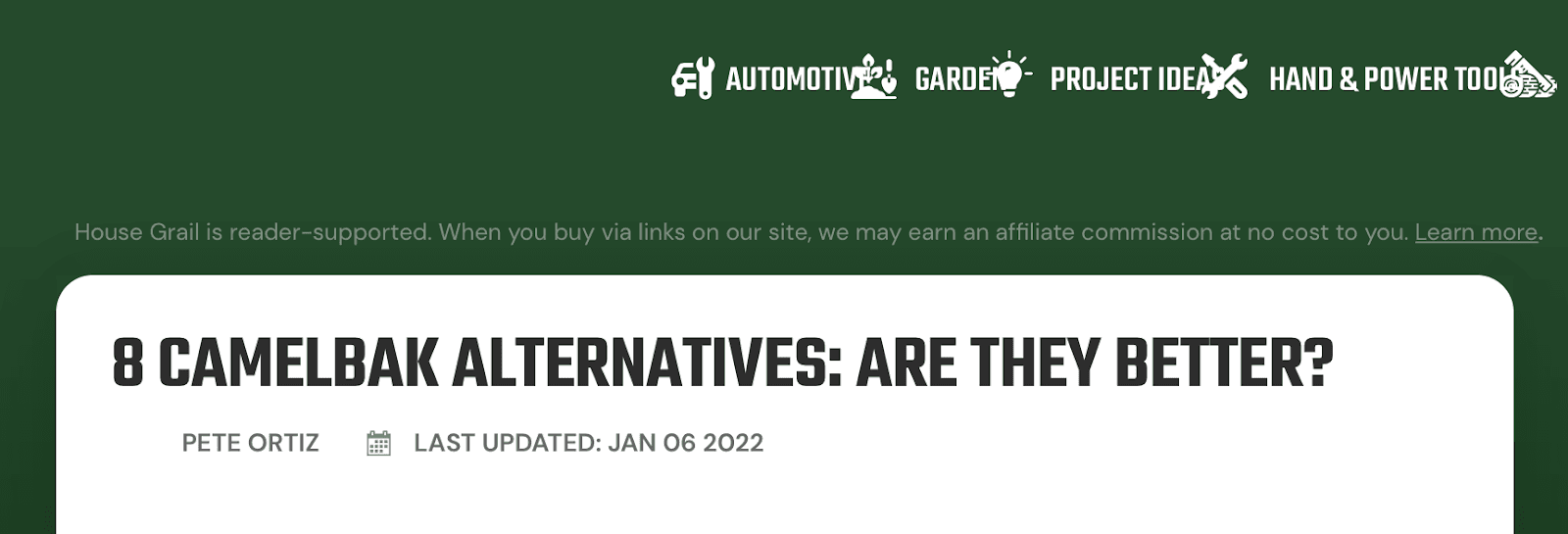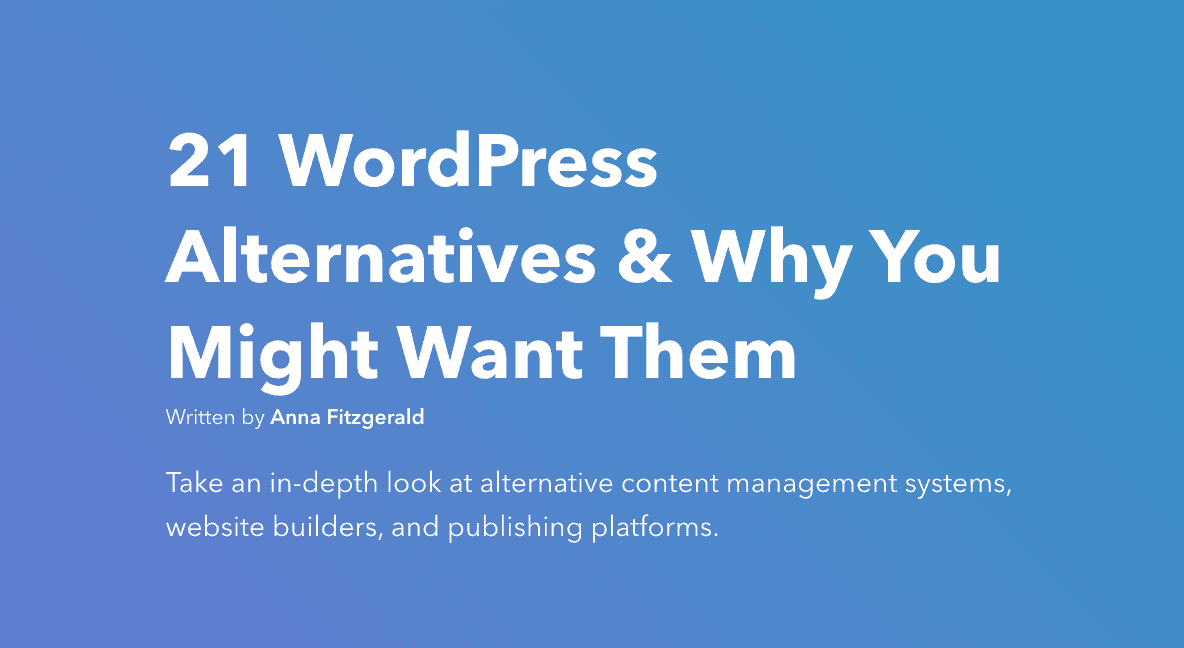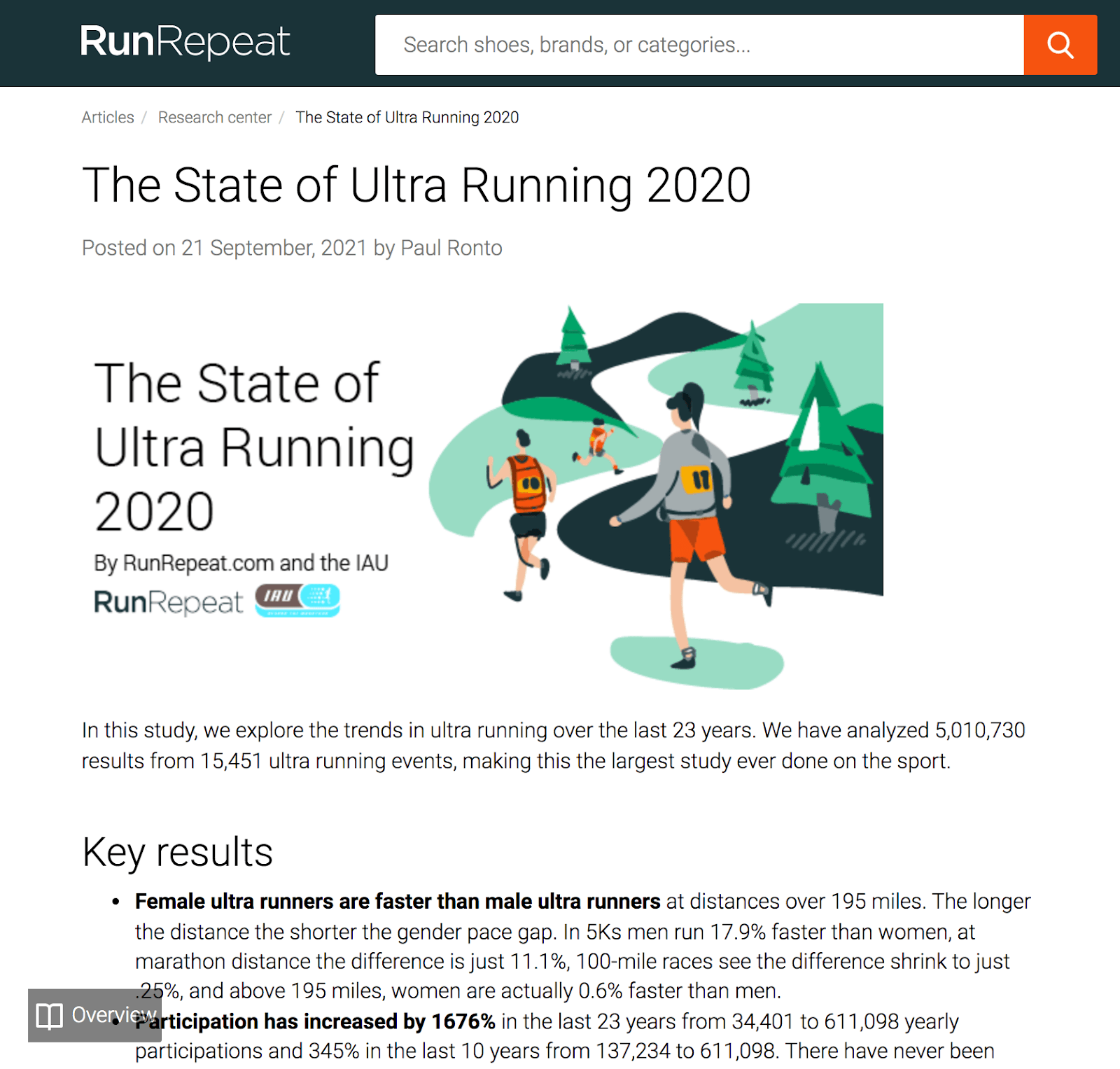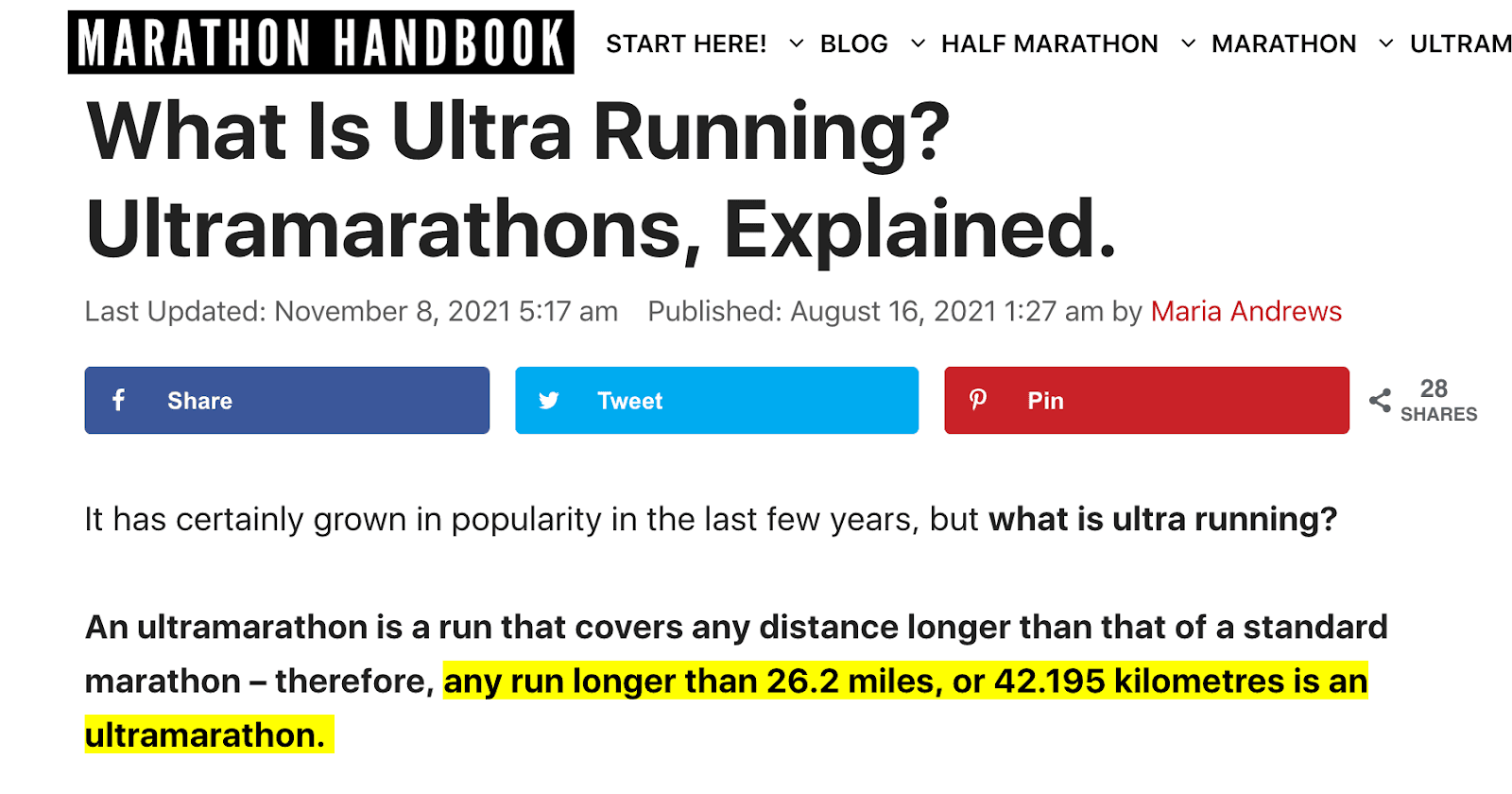
Creating high-quality content takes time.
In an ideal world, you’d dedicate a major chunk of your time to writing well. In the real world though, where you’re spinning multiple plates at once, you’ve limited time for content creation.
The result? Okay-ish quality (or dare I say, regurgitated) blog posts – often lacking direction and flow. Some posts don’t take a good angle. Others offer valuable insights but the opening does little to entice readers to continue reading.
It’s here that a blog post template helps you save time and improve your content’s quality.
So in this guide, let’s walk you through 11 types of blog posts and give you a blog post template for each.
Here we go:
- Why Is It Important To Start With A Blog Post Template?
- 1. Numbered Listicle Blog Post Template: X Ways To…
- 2. “How To” Blog Post: How To…
- 3. Step-By-Step Blog Post: X Steps To…
- 4. Comparison Blog Post: Product X Vs. Y
- 5. Alternatives Blog Post: Product X Alternatives
- 6. Survey Blog Post: X People Share…
- 7. Case Study “How They Did It” Blog Post: How X Grew…
- 8. Definition Blog Post: What Is X?
- 9. Myth Buster Blog Post: Why Everything You Know About X Is Wrong
- 10. Expert Roundup Blog Post: How X Experts Built…
- 11. Beginner’s Guide Blog Post: The Beginner’s Guide To X
Why Is It Important To Start With A Blog Post Template?
Before we move forward, it’s important we clarify: a blog post writing template isn’t a cookie-cutter solution to producing more content.
Instead, it’s more of a referential guide for sharpening your content’s focus.
In short, a blog post format template helps:
- Save your time by preventing you from freezing on the page – thinking of what to write and how to format.
- Give your writing the jumpstart it needs. In fact, a trusty, structured blog post format template can make getting started a little easier and less intimidating.
- Offer confidence since the template serves as a reminder for covering all audience-engaging elements.
With that, here’s your blog post template bundle. It includes everything that you’ll need from the start to the end. From a blog outline template to an editing checklist for publishing without error, we’ve got your back.
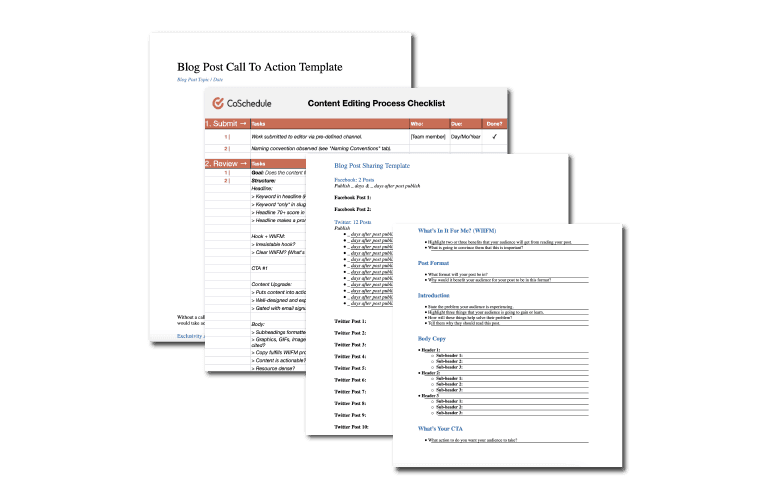
Get Your Free Blog Post Templates
Plus, join our email list to stay up to date.
By signing up, you agree to CoSchedule’s terms of service, end user agreement, and privacy policy; you are 16 years or older; and you will receive information from CoSchedule from which you can opt out at any time.
Success! Your download should start shortly. Or you can download it manually here.
Let’s now walk you through blog post templates for different types of posts in your content strategy.
1. Numbered Listicle Blog Post Template: X Ways To…
A numbered list blog post shares multiple ways to do X.
These are pretty common, thanks to their sort-of-easy production nature.
Plus, they’re an audience favorite. Why? Because they’re quick and easy to digest. Skim readers (read: the majority of the internet readers) can read through sub-headings – only pausing to consume more of whichever sections they want.
Numbered list blog post template
Now for the goods. Follow this format template:
- Title
There are a bucketload of ways for writing compelling headlines. However, there are three main secrets to writing winning titles for numbered lists.
First, always include a power word (trigger words that prompt a response) to boost your list’s authenticity.
Second, try to create an odd-numbered list. So, instead of creating 28 ways to improve your fashion sense, go for 27 ways. Why? Because readers take odds numbers as more trustworthy.
And last, highlight the readers’ benefit. Will they get better at something? Or can they hit their goals better?
So, your overall headline formula is:
X [Power Word] Ways/Tips To [Readers’ Benefit]
In action, this reads like this:
And:
- Hook
With listicles, readers are often looking to dive straight into numbered solutions. So your best bet is to write a short, engaging introduction. Tell readers what they’ll learn and get straight to the meaty part.
- Numbered list 1-X
You can choose from two approaches here – depending on your content’s purpose and audience’s expectations. That is:
Go broad, aim for bigger numbers. If your purpose is to entertain and readers come in for a light, enjoyable read, keep each numbered point short. Aim for creating long lists such as 101 newsletter ideas, for example.
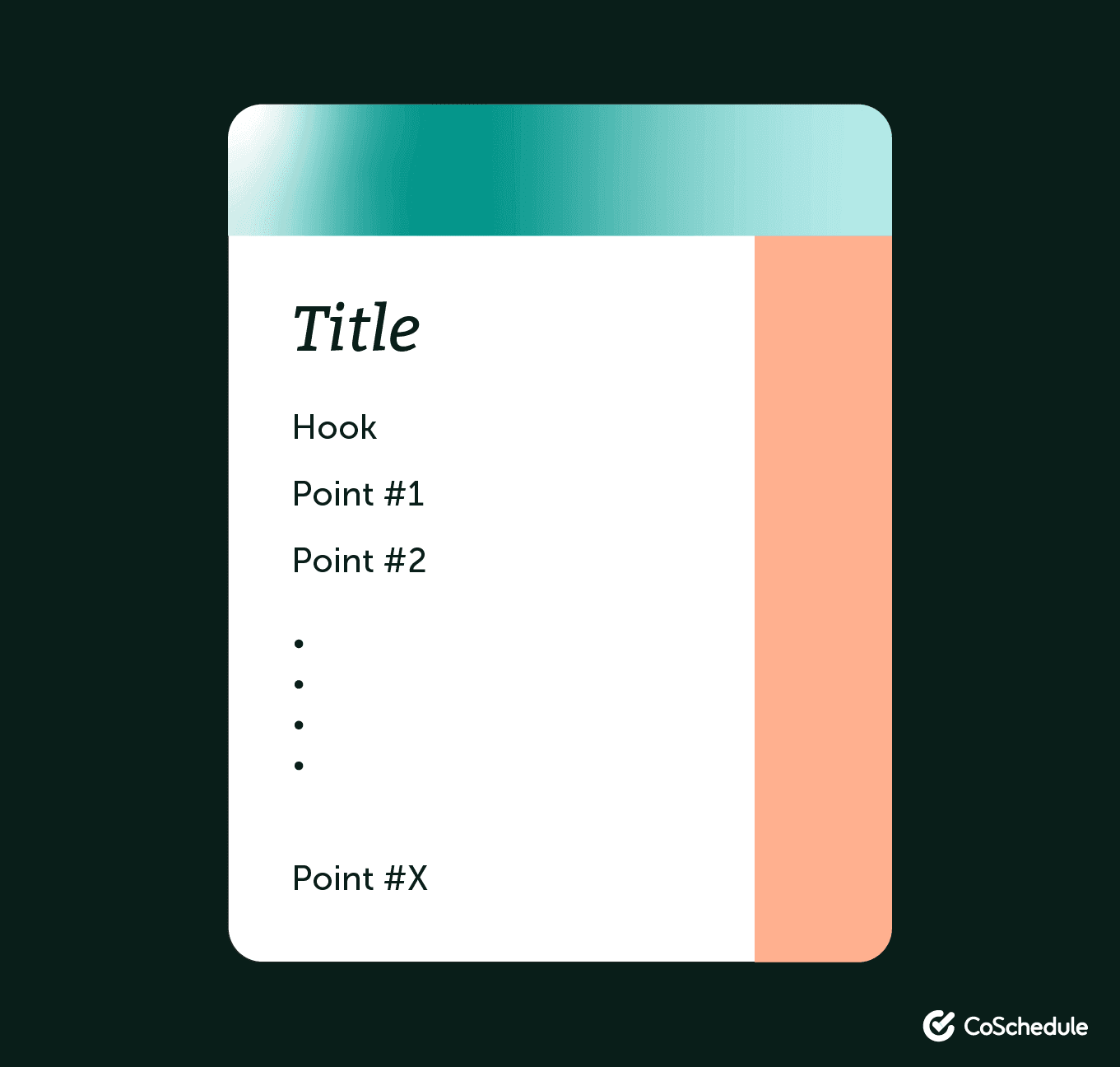
Go deep, not broad. If the purpose is educational and your audience seeks to learn, pick a handful of items and explain them in depth. So instead of two- to three-digit numbered lists, your list will have between 3-5 comprehensive points.
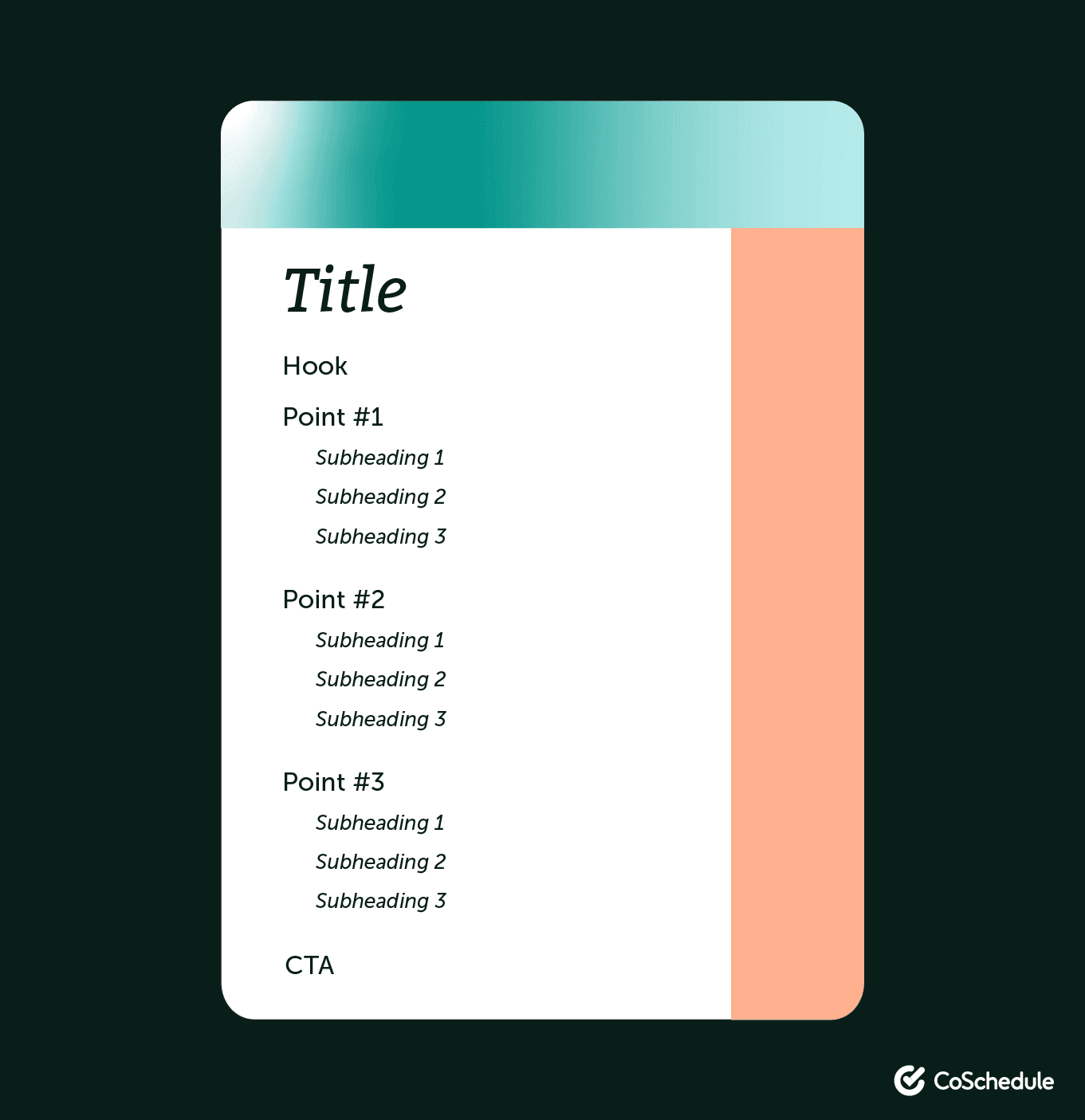
Best to decide this when creating your post’s outline though.
As for the conclusion, often these lists don’t require one, particularly, if they’re entertaining lists. It’s best to sum up in-depth lists by recapping the solutions you’ve shared though.
2. “How To” Blog Post: How To…
“How to” blog posts are comprehensive pieces explaining – as their name suggests – how to do X.
Often, if the topic requires, these blog posts need supplementary visuals such as screenshots, explainer videos, and checklists to explain the “how to” process.
Keep in mind though: “how to” blog posts demand in-depth knowledge of the topic. Sure, you can list a few ways to do X but that doesn’t count as unique, impression-lasting content.
Plus, if you’re aiming to position yourself as an authority in your field, you need to write comprehensive “how to posts” providing helpful content that, well, helps readers.
“How to” blog post template
Follow along:
- Title
The best “how to” post headlines typically start with “how to” and either specify they’ve the solution to readers’ problem or address their audience directly.
This post, for instance, indicates it solves a particular pain point “sticking with the diet” – not just starting it:
This example, however, calls out their target audience after adding the “how to” keyword:
Your title can also address its audience and specify what’s covered as this one does:
So, your go-to “how to” blog post headline will look like either of these:
How To [Keyword]: [Target Audience] Guide
How To [Keyword] Without [Something]
How To [Keyword] In X Steps
- Hook
Ideally, a “how to” post’s opening lines should aim to connect with readers to convince them to read your piece. One good way to do so is by capturing your audience’s problem.
This way, readers can tell you know your stuff and will continue reading. Plus, don’t forget to set the right expectations by sharing exactly what you’ll cover.
- Content
As with listicles, you can take two approaches to draft a “how to post.” That is, share a handful of ways to do something. Or, dive into one way to answer the “how to.”
Let’s say you’re teaching people how to make smoothies. You can either share 2-3 ways to make smoothies or you can share your signature recipe only.
Remember to divide the blog post’s body into subheadings for easy reading and understanding. If you’re explaining a few ways to do X, make sure you further divide the subheadings into sub-sections.
3. Step-By-Step Blog Post: X Steps To…
This type of post walks readers through each step to take to do X.
For creating a successful stepwise blog post though, put yourself in your readers’ shoes to understand the questions they have. Ask yourself: where do they need to start and explain areas you think they might be getting stuck at.
Ideally, follow the steps yourself so you can record each step in your outline and take the needed screenshots. This is, particularly, crucial for SaaS blog posts (example below) teaching readers how to do X with their tool.
Step-by-step blog post template
The following template will help:
- Title
Don’t limit yourself to using the words “stepwise” or “step by step.” Instead, go for “X steps to.” Plus, throw in some power words.
In short, your headline template will read like this:
X Steps To [Keyword/Topic] The [Power Word] Way
How To [Topic] In X [Power Word] Steps
A Step By Step Guide To [Keyword]
In action:
Or, keep it keyword-focused:
- Hook
Use the problem-agitate-solution (PAS) copywriting formula to write your hook here.
And, make sure you tell readers what they’d be able to achieve by the end of the post to keep them glued.
- Content
After an engaging promise of value, dive into the steps. Need readers to do some homework beforehand? Add a base step and explain its importance.
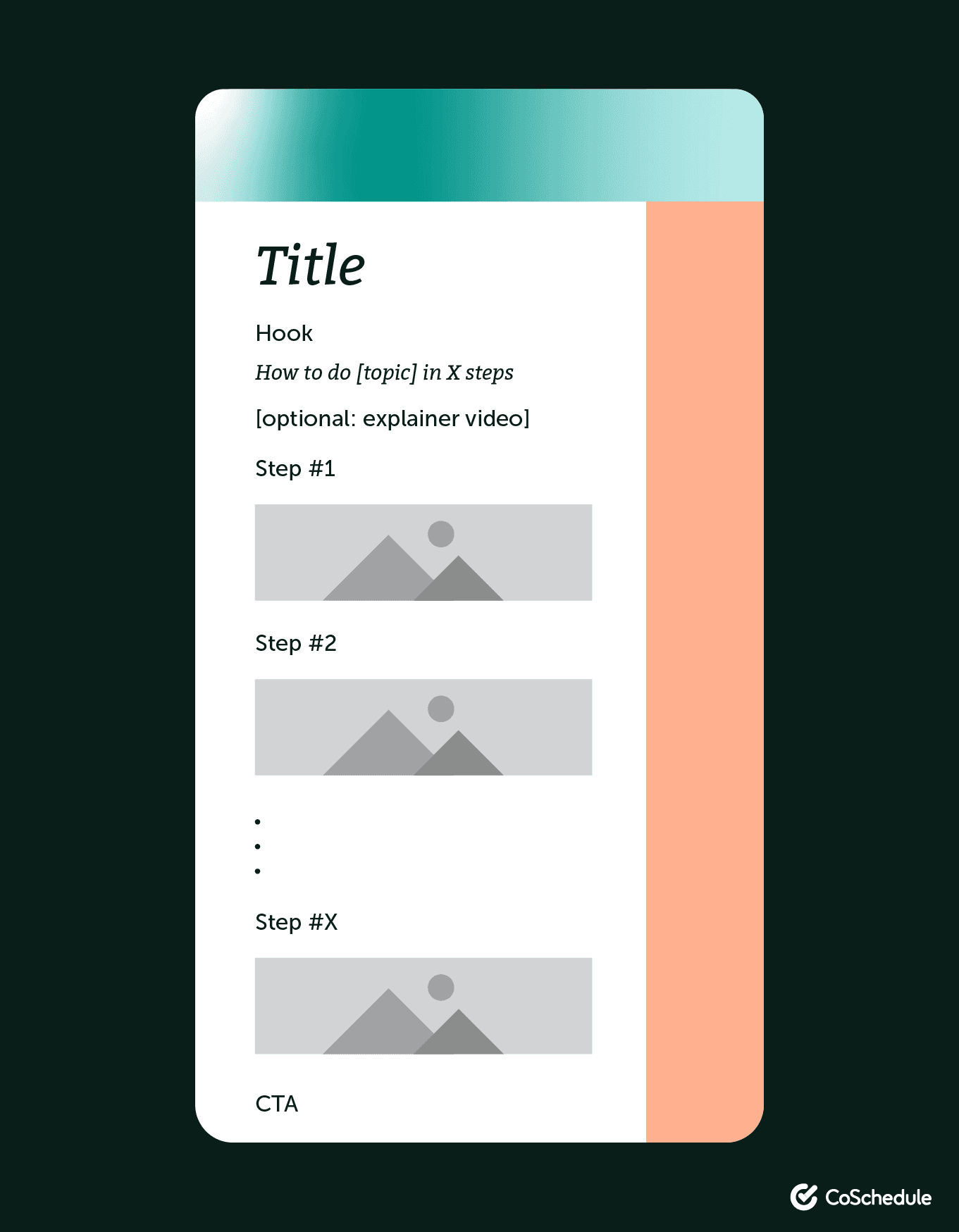
4. Comparison Blog Post: Product X Vs. Y
Next up is the comparison blog post that helps over the fence readers choose from two or more choices by studying their differences.
To gain your audience’s trust with these posts, provide unbiased product details readers need to make their decision themselves.
Pro tip: Create a comparison table or infographic summarizing product features you’ve compared. This doubles the value you offer and increases the time readers spend on your page.
Comparison blog post template
Here’s how to write these posts:
- Title
Use the “X vs. Y keyword” upfront. Then, pair it with value (example: which one to choose/which one is best for you). Together this would read like this:
???? X vs Y: Which One Should You Choose/Which One Is Best?
???? X vs Y: Which Tool Is Better For [Pain Point/Target Audience]
Here are more versus headline formulas:
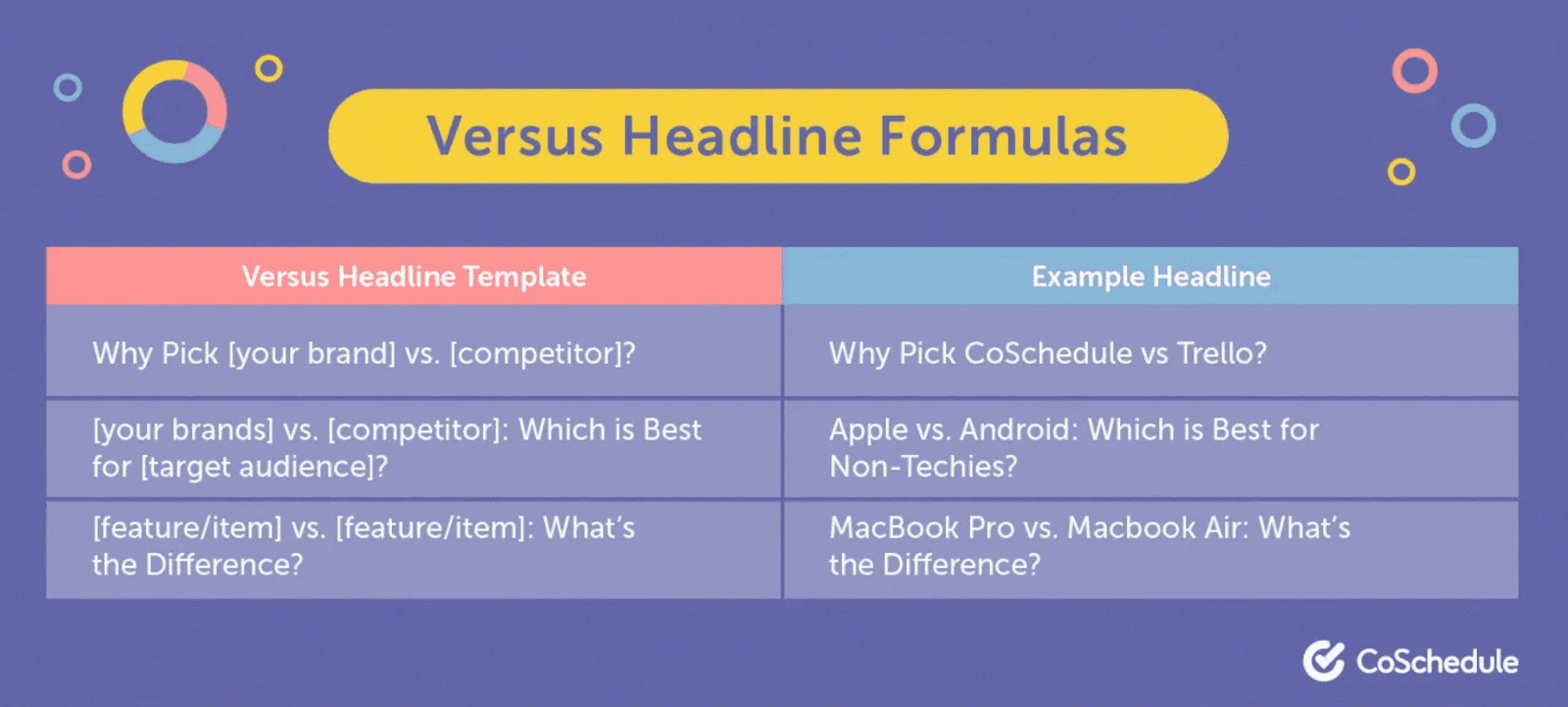
- Hook
Start with a question so readers can tell you understand their pain point. Also, mention how you’ll be comparing X against Y – features, pricing, etc. to set the right expectations.
- Content
Either compare both the products side by side under one common subheading:
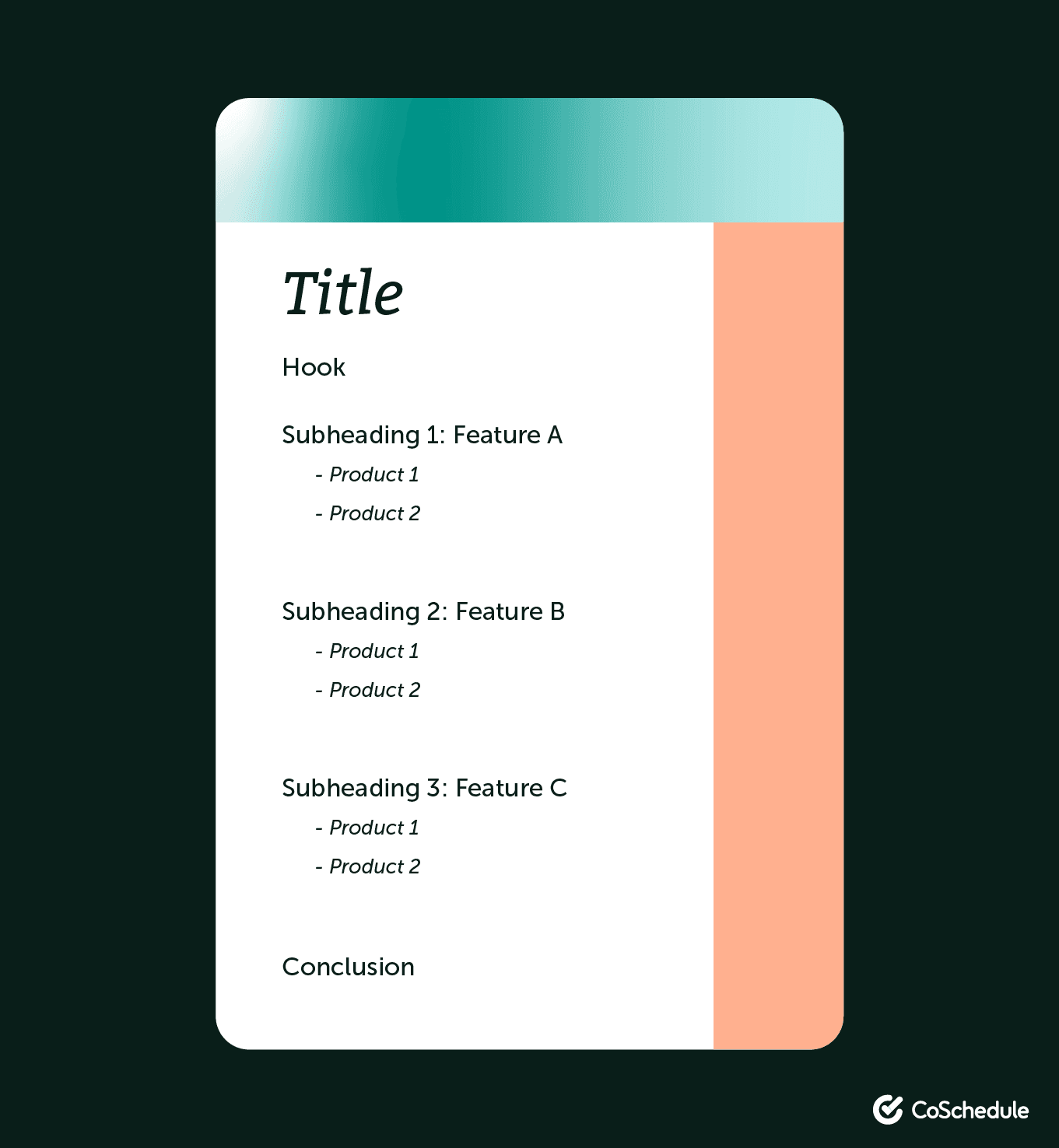
Or, divide the post into subheadings for different products:
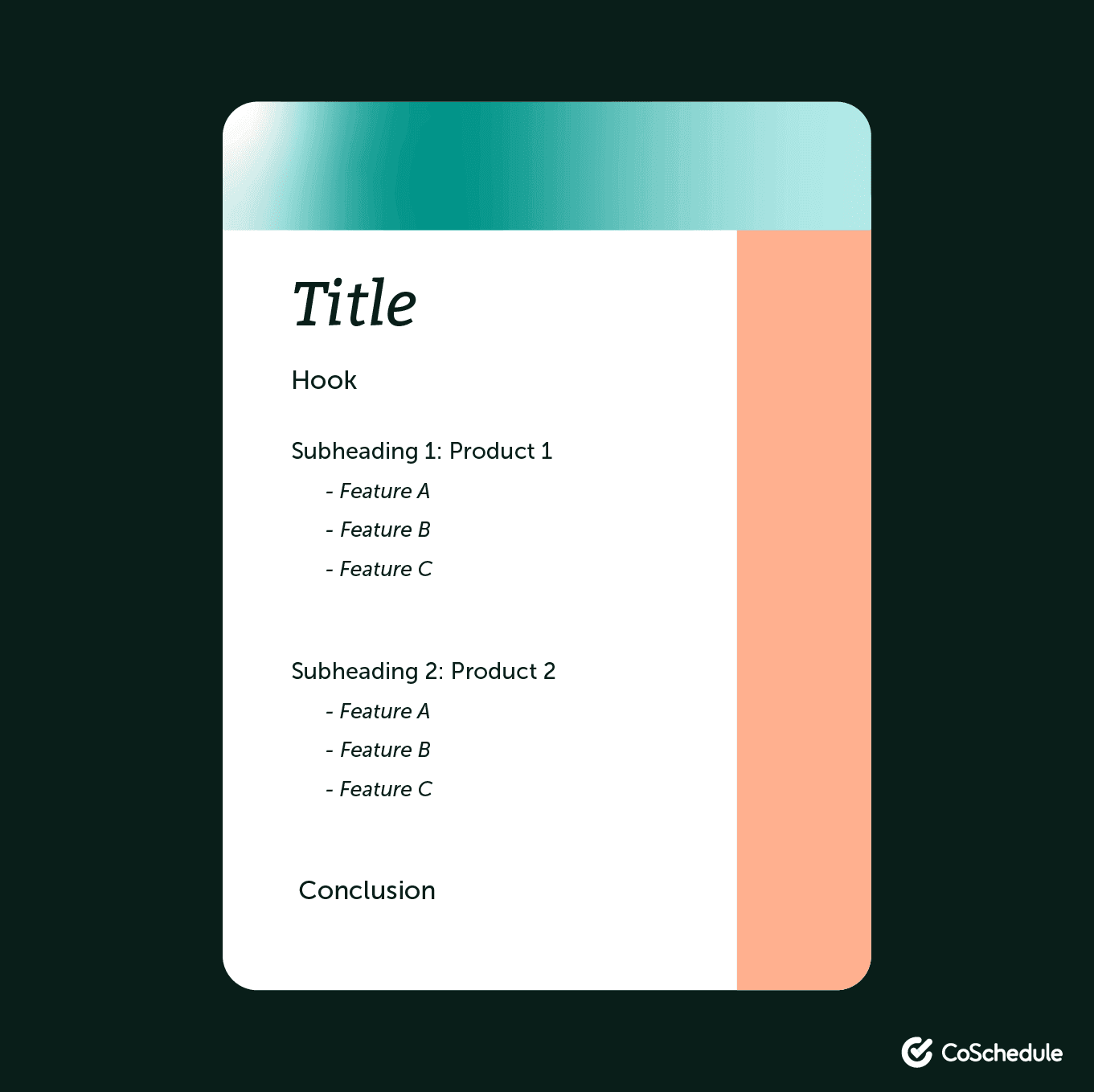
For the latter comparison post format, use the same sub-sections under each product sub-heading to highlight different features that you’re comparing.
Pro tip: When discussing features, use simple language to explain each product’s features/functionality.
In the conclusion, summarize which tool is best for what as this example does:
5. Alternatives Blog Post: Product X Alternatives
An alternatives post provides other options similar to a particular tool/product.
Again, for offering maximum value with this post, make sure you provide enough details to help readers call the shots.
Alternatives blog post template
Here you go:
- Title
As with comparison blog posts, add the keyword toward the start of the title.
The keyword alone is often enough but you can also add power words after a colon (as in the example above).
Alternatively, add a pain point-solving pointer in the title. Example: X Alternatives: Cost-Effective Solutions That Are Worth Your Time.
So a simple headline template will be:
[Power word] X Alternatives
Pro tip: Write multiple headlines. Then, run them through CoSchedule’s Headline Studio to find out which one is the most effective.

- Hook
Start with stating your readers’ concern with the product they’re searching alternatives for. For instance:
Finding tool X is expensive?
Having trouble with using tool X?
Then jump into a brief description of your list and what it covers.
- Content
Use a subheading to introduce each tool. In each section, briefly compare the alternative tool you’re suggesting with the main tool along with sharing its outstanding features.

6. Survey Blog Post: X People Share…
A survey blog post shares findings of original research you’ve conducted. The best part? These pieces attract a lot of backlinks in addition to helping position you as the industry authority on the topic.
Survey blog post template
For this post to be hit, it’s essential readers don’t miss interesting findings you’ve unearthed. So how can you manage doing that? Use the template shared below:
-
- Title
Keep it simple as the example above does. Don’t forget to add the publishing year to help readers understand the survey’s freshness.
Alternatively, start with a surprising number as Buzzsumo does here:

Source
This way, you headline formula will be:
The State of X [Year]
X Things We Learned After Analyzing Y
-
- Hook
Start with sharing key takeaways from your survey. This ensures readers don’t miss interesting findings.
Then, share the survey methodology or process, followed by details of what you’ve learned.
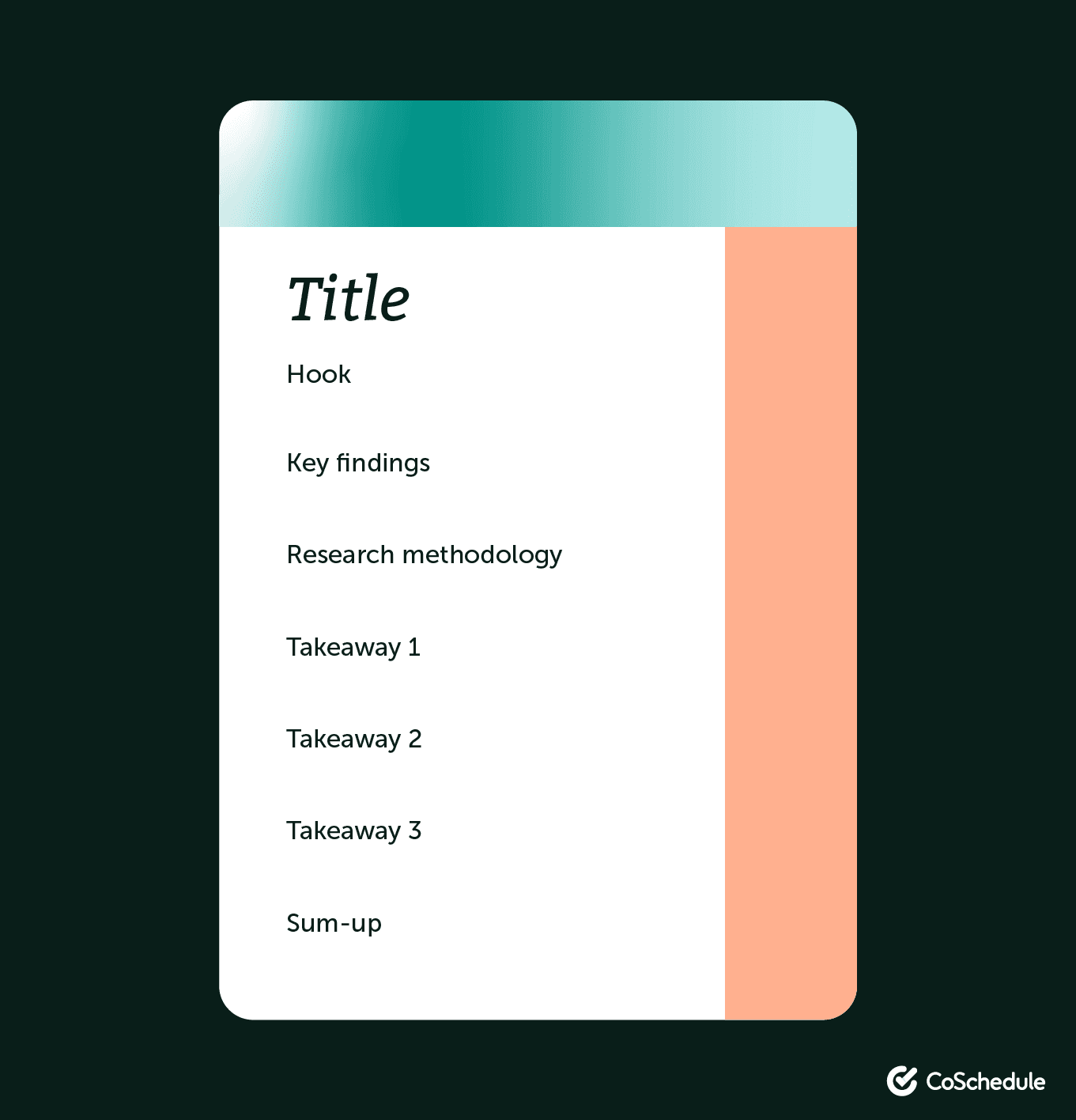
Pro tip: Share your top findings as subheadings throughout the post.
Also, bold format the most important statistics so readers don’t miss them. Don’t overdo this though as doing so can lead readers to stop paying attention to the formatting.
And, finally, visualize data with easy-to-understand charts.
7. Case Study “How They Did It” Blog Post: How X Grew…
Case studies typically feature a business’s client using their product/service to achieve results.

Source
These posts are useful for convincing prospects to try your software by educating them on how others like them are seeing bottom-line-improving results.
Case study blog post template
When readers come to a case study, they expect it to be short and sweet – providing enough of a glimpse of which features are helping others win and by how much.
And this is exactly what you should offer in your case studies. Here’s how:
-
- Title
An enticing case study title is one that shares results upfront. For example:

Source
You can mention your product in the title too:
[caption id="" align="alignnone" width="1600"] Source
Source
This way, you’ve two headline templates to try today:
How [Business Name] achieved X Results by Y% Using [Your Tool]
How [Business Name] achieved X Results by Y% In [Time Frame]
- Hook
Briefly introduce your client and the results they’ve achieved. Make sure you use a strong verb to put the spotlight on the result.
- Content
Dive straight into the major outcomes followed by these three sections: problem/challenge, solution, results.
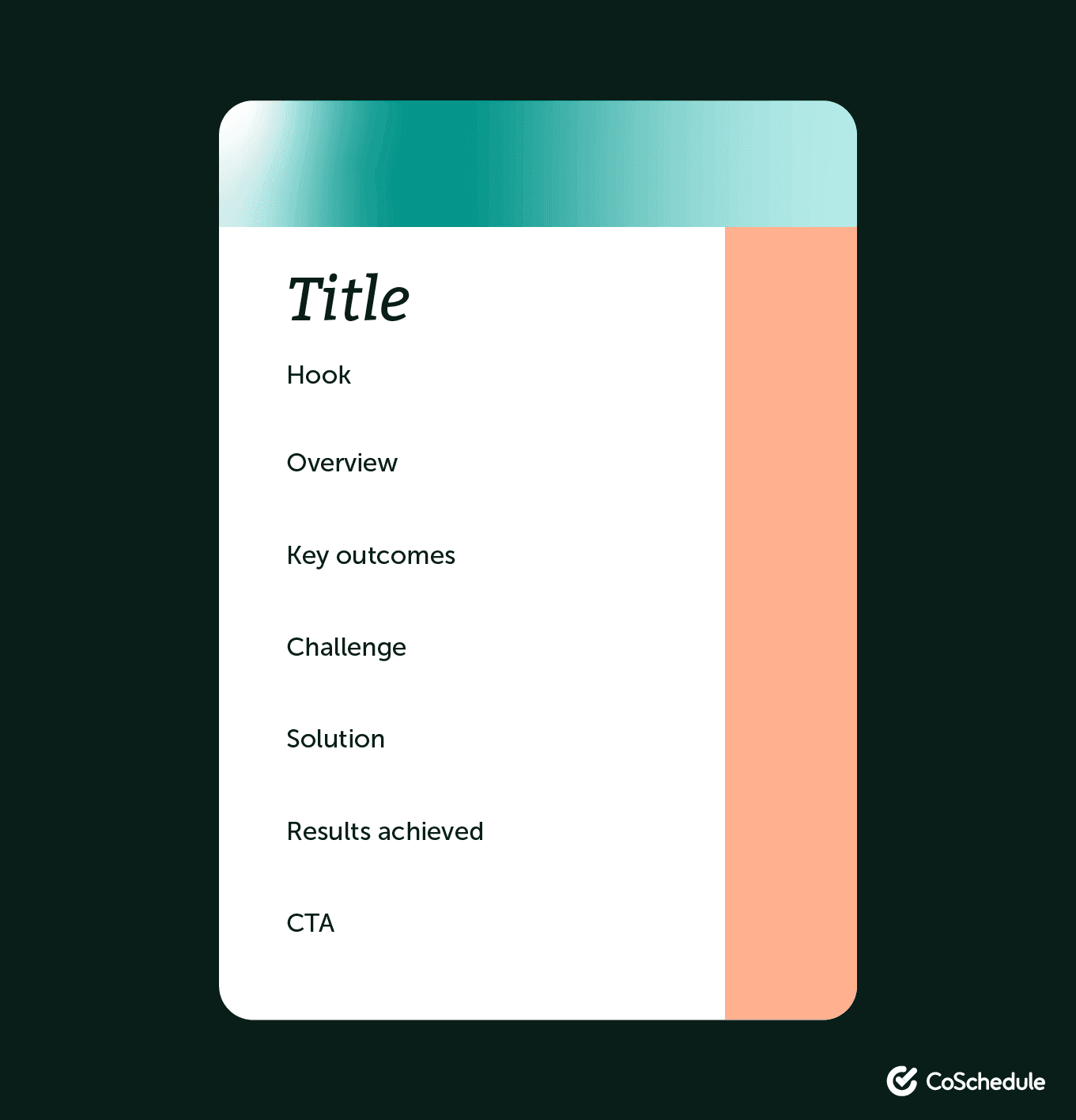
Here’s more on writing winning case studies.
8. Definition Blog Post: What Is X?
A definition blog post defines what a certain thing is while answering common questions on it.
The aim? To be comprehensive with the definition so your post is a one-stop read for your audience.
Definition blog post template
Try the following format:
- Title
Use the keyword toward the start to tell readers you’ve the answer to their question as the example above does.
You can also pair this with other come questions your target readers have on the topic as Podia did here:
In template format, we have:
What Is X, [Important Question 1], [Important Question 2]
What is X, Full Definition
- Hook
Although you can start with prodding the problem, a better (more engaging) way is to use the inverted pyramid technique.
That is, provide a brief definition, then follow it with more detail. This provides readers with an immediate answer and indicates you know the subject well enough.
- Contents
Base the definition blog post writing template on questions readers are asking on the topic. To this end, look at Google’s People Also Ask and Related Searches sections to find out sub-sections to add.
Let’s say you’re working on defining “location-based marketing.” Google it and you’ll find the sections to cover.
First, from the People Also Ask corner:
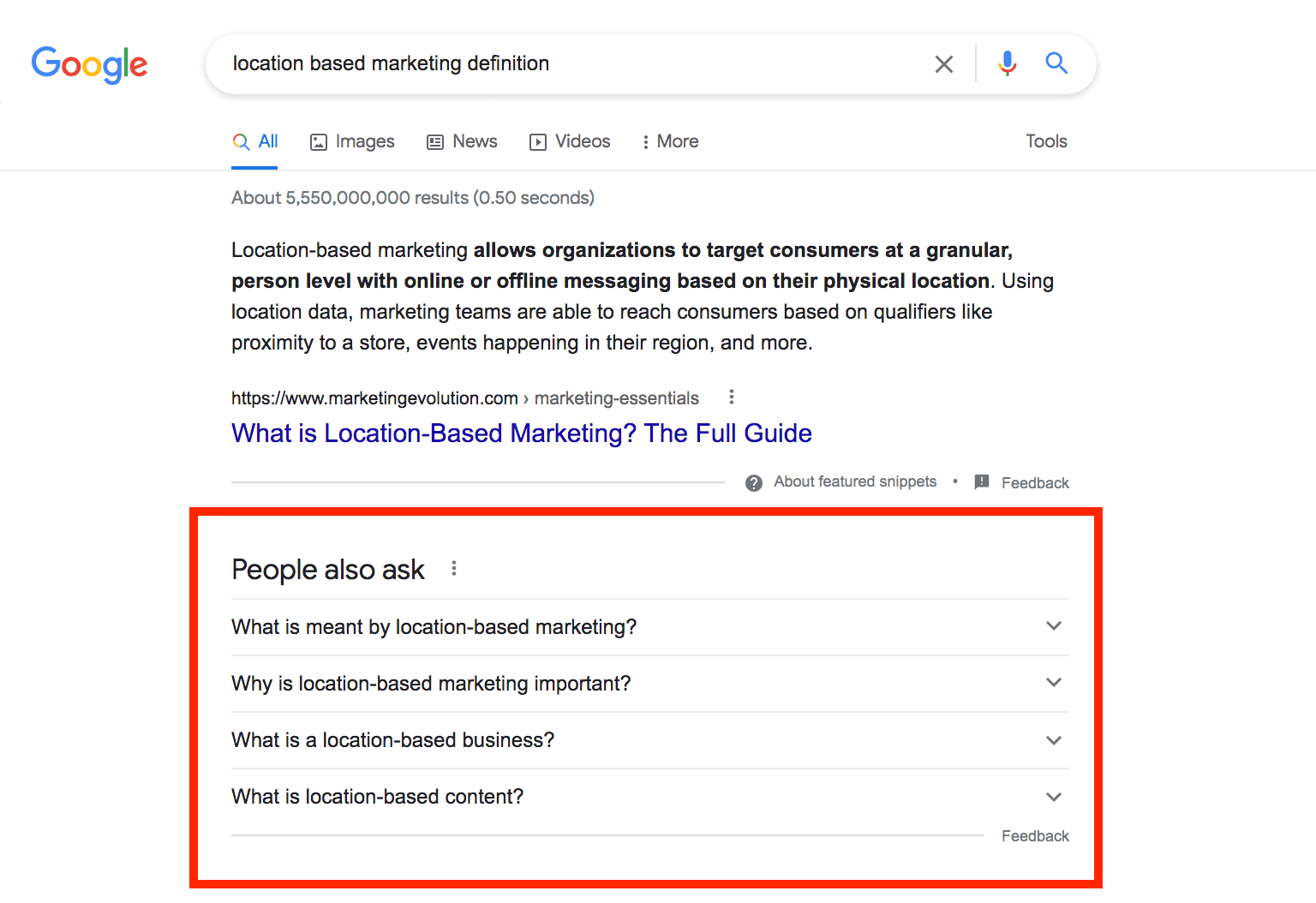
And, then from Related Searches:
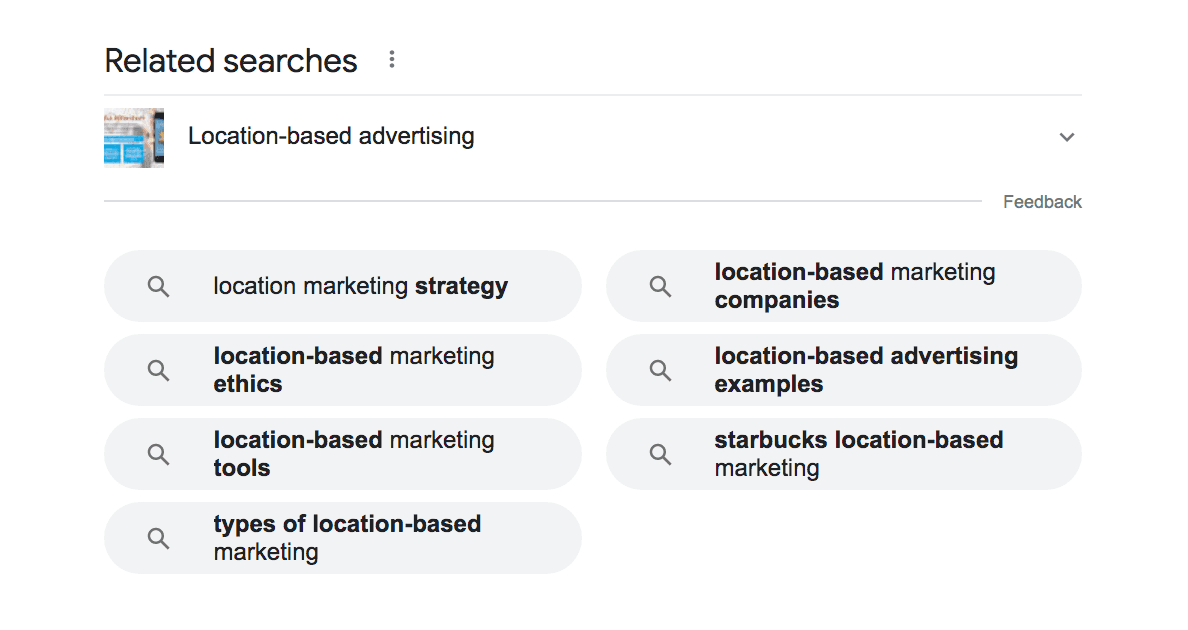
You can also use a tool like AnswerThePublic to find out all the questions people are asking on a topic.
9. Myth Buster Blog Post: Why Everything You Know About X Is Wrong
A myth buster blog post challenges the authenticity of common misconceptions about a topic.
Since you’re aiming to provide accurate information with this type of post, it helps you position as the topic authority. Just be sure to back your points with data.
Myth buster blog post template
Here it is:
- Title
Add the number of myths you’ll correct. Either pair them with an avoid-this heads-up or tell readers they’d be surprised using the following templates:
X [Power Word] Myths [Debunked By An Expert]
X [Power Word] Myths You Won’t believe Are False
X [Power Word] Myths And Why They’re Wrong
X [Power Word] Myths Debunked
In action:
- Hook
For your hook, bust a myth. Then tell readers you’ve many more surprising truths to share.
- Content
A readable format for this post type is sharing one myth and then busting it, followed by another myth and the truth, and so on.
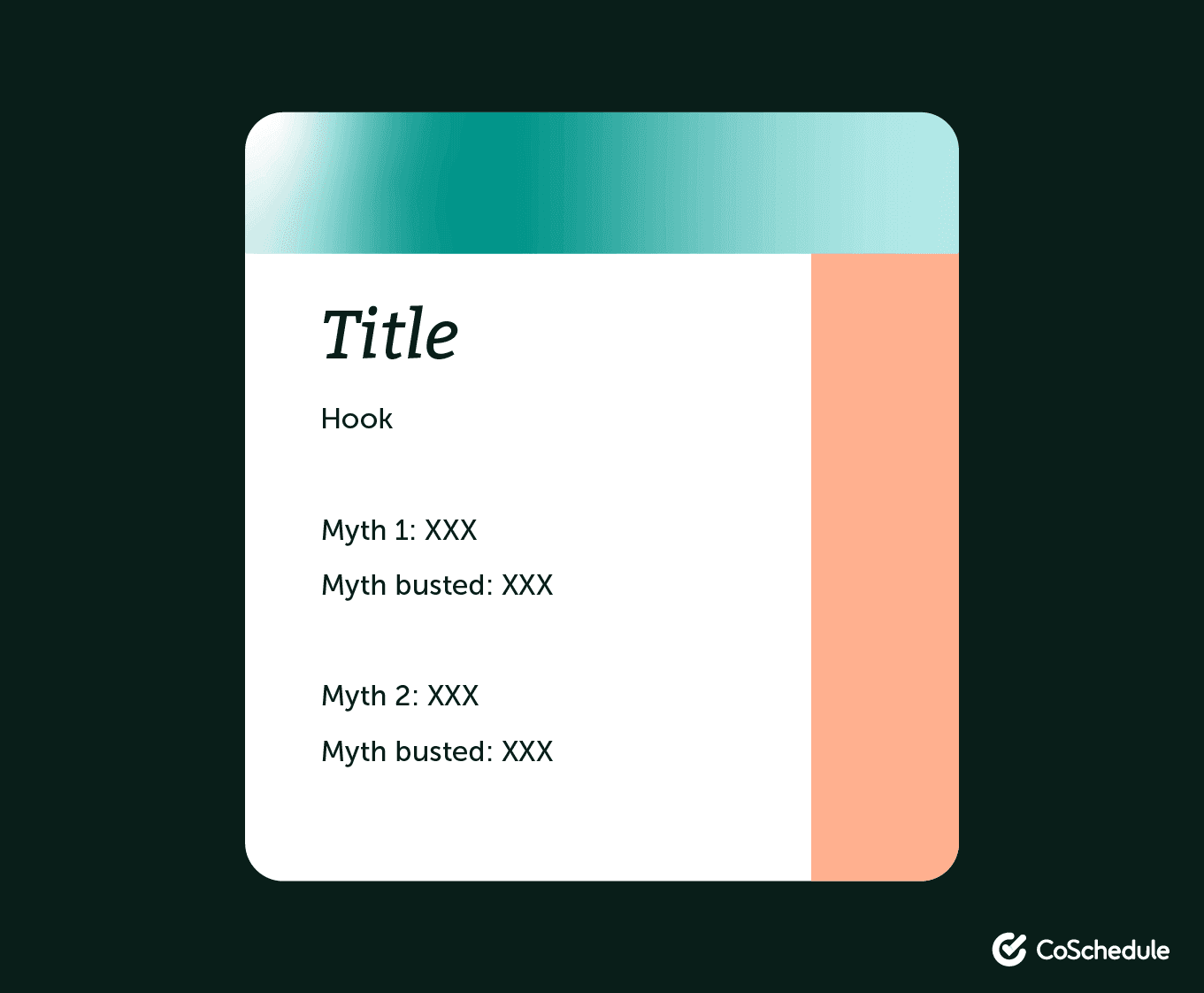
10. Expert Roundup Blog Post: How X Experts Built…
An expert roundup collates expert insights on a given topic. This type of content is a winner for bringing original takeaways to the table.
Expert roundup blog post template
Here you go:
- Title
Share exactly how many experts you’ve talked to to get your readers’ attention. The word “expert” itself is a power word. Dial up the value by adding the number of experts in the title.
These headline templates will help:
How To [Keyword]: X Experts Share Their Insights
X Experts On How To [Keyword/Topic]
[Question]: X Experts Share How
- Hook
Discuss the pain point and offer your roundup as the solution. Or, start with an expert’s quote to grab attention.
- Content
There are two approaches you can take here. One, list the opinions shared along with the experts’ names and bio.
Two, take a journalistic approach and weave a narrative around the quotes.
11. Beginner’s Guide Blog Post: The Beginner’s Guide To X
A beginner’s guide covers a topic thoroughly for people in their early learning stage.
Beginner’s guide blog post template
Use this template:
- Title
Writing titles for a beginner’s guide is pretty simple. In fact, choose from these templates:
The Beginner’s Guide To X
[Topic/Keyword]: A Beginner’s Guide
The [Power Word] Beginner’s Guide To X
- Hook
A well-thought-out analogy makes a fitting hook for a beginner’s guide.
Also, lay out exactly what you’ll cover on the topic so readers can continue reading knowing what they’ll learn. In fact, add a table of content (TOC) to make navigation easy.
- Content
As with a definition blog post, find out questions people are asking. Also, as the expert, ask yourself what questions you had when you were starting out.
Ideally, jumpstart with defining the topic then go into detail. Here’s a rough idea of what you can cover:
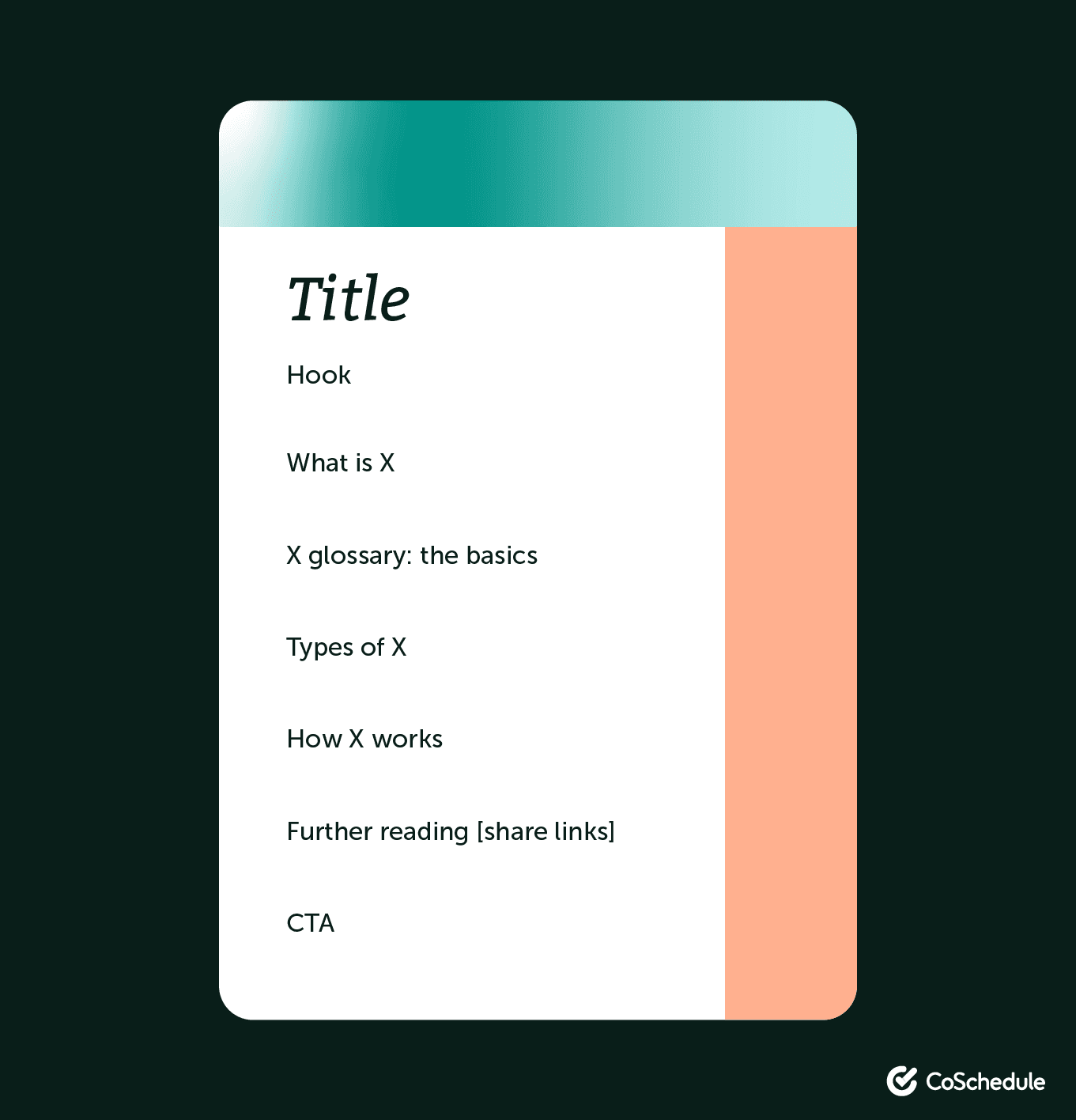
Pro tip: Edit out any advanced info to save beginner-level readers from confusion. Have advanced tactics to share? Create an advanced guide and link to it in your post so interested readers can level up their knowledge.
Write Better Blog Posts Today
Now that you know how to structure different posts, it’s time to get to work. So go ahead and use the blog post templates that we’ve shared with you.
And remember, the idea isn’t to simply fill in each section and call it a day. Instead, it’s to use the barebones layout to beat overwhelm and create better content faster.
The post Steal These 11 Dependable Blog Post Templates To Write Memorable Content appeared first on CoSchedule Blog.

